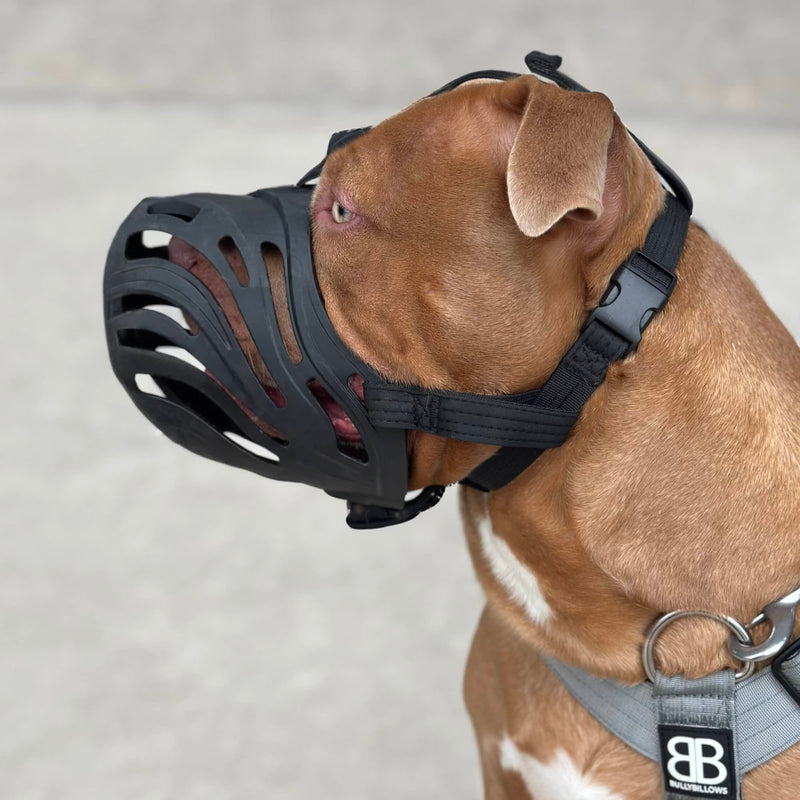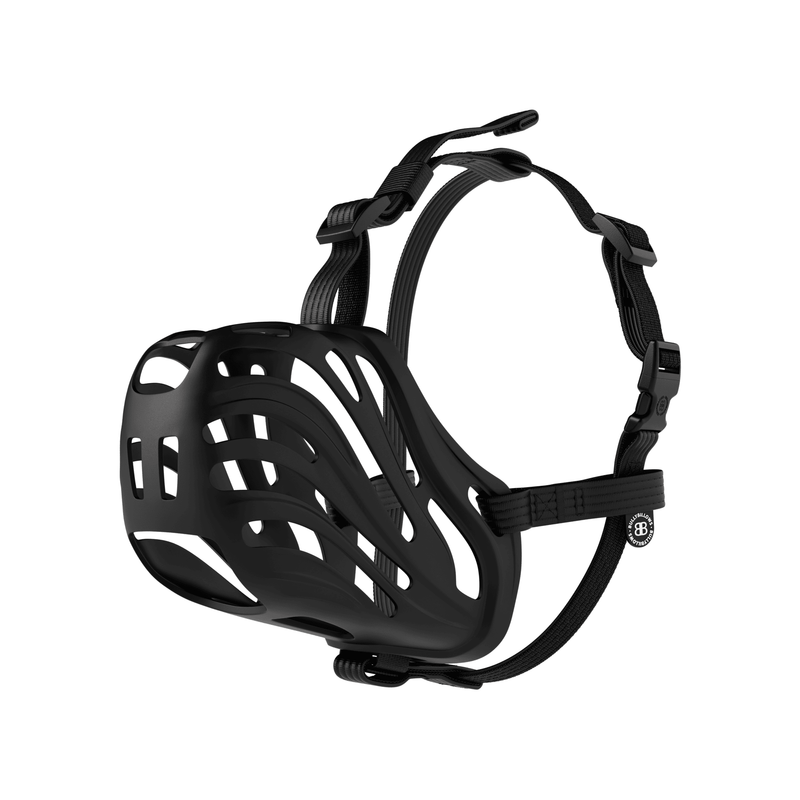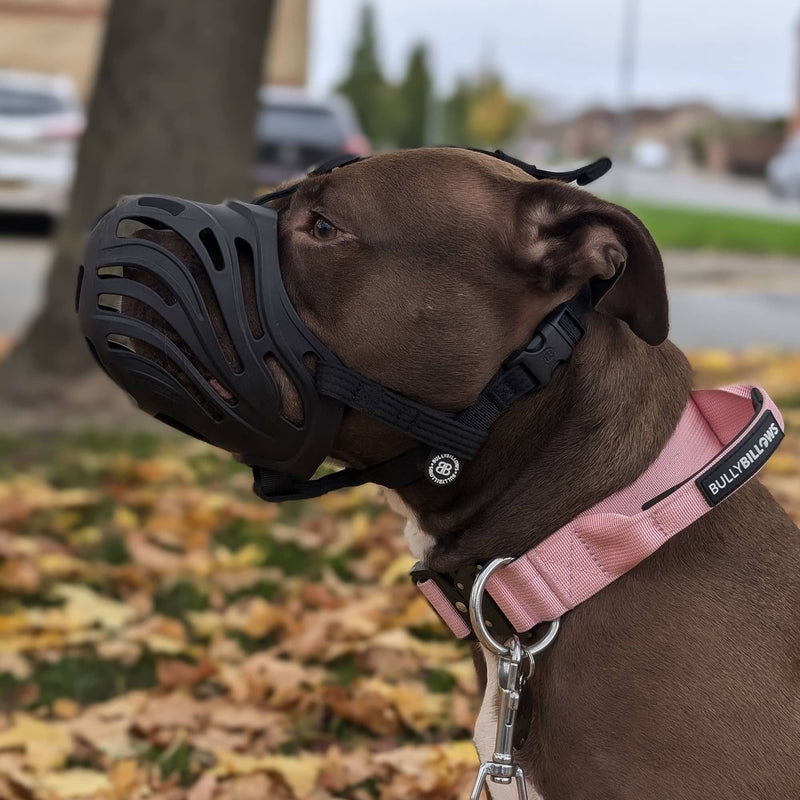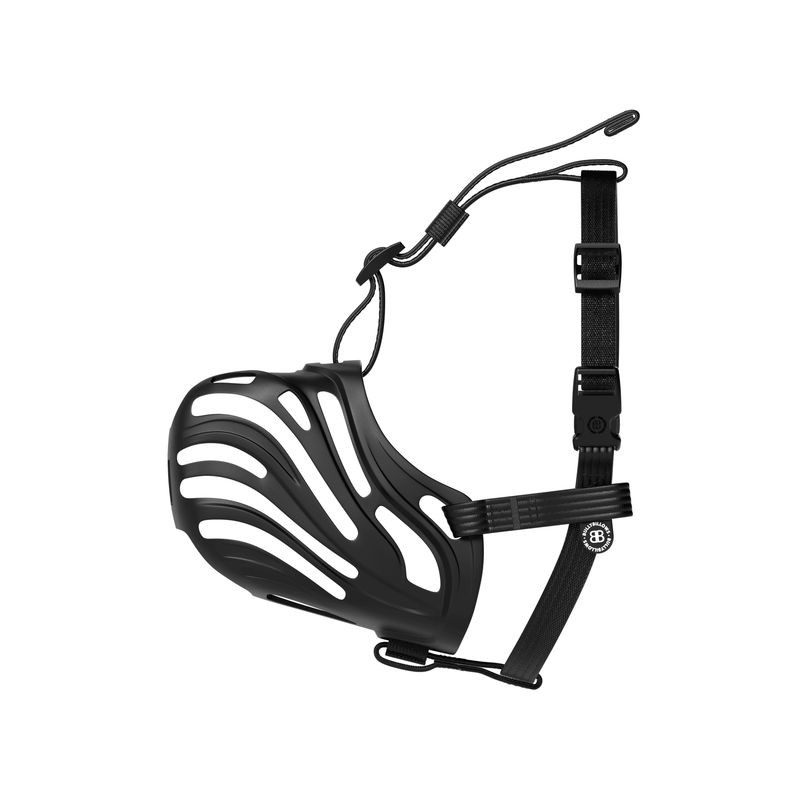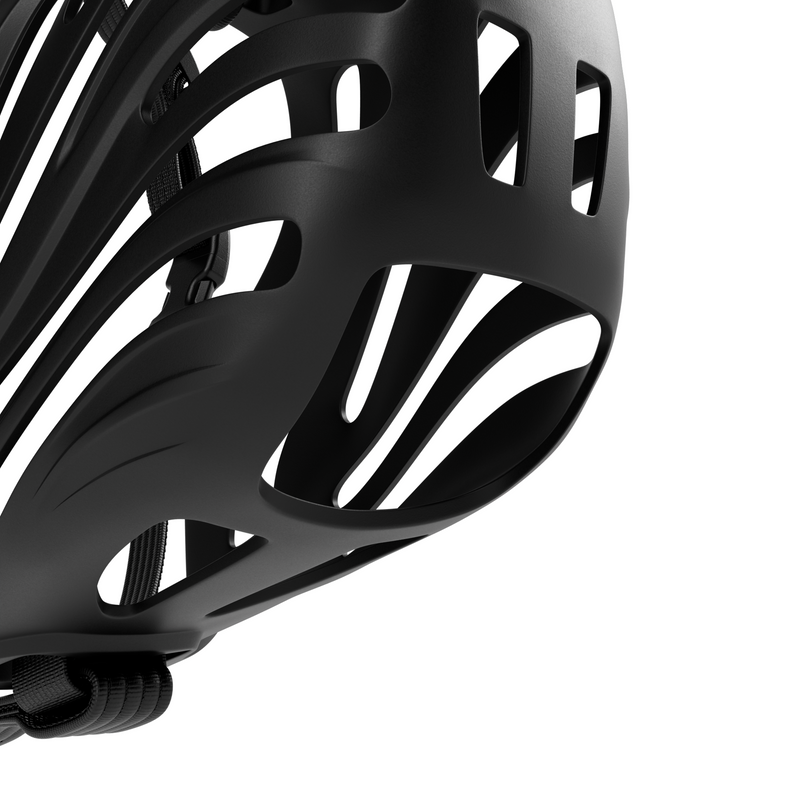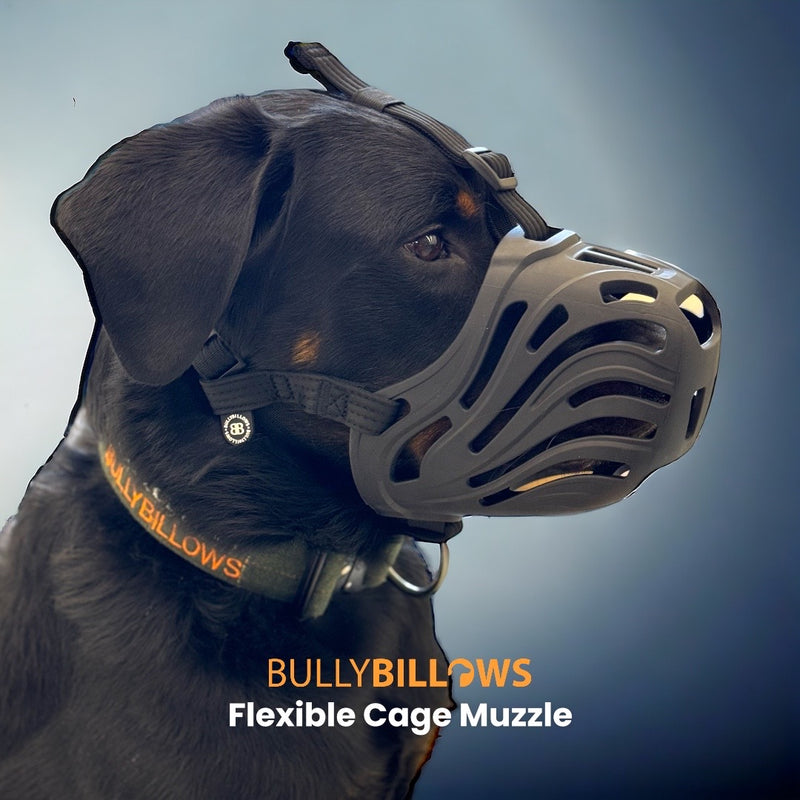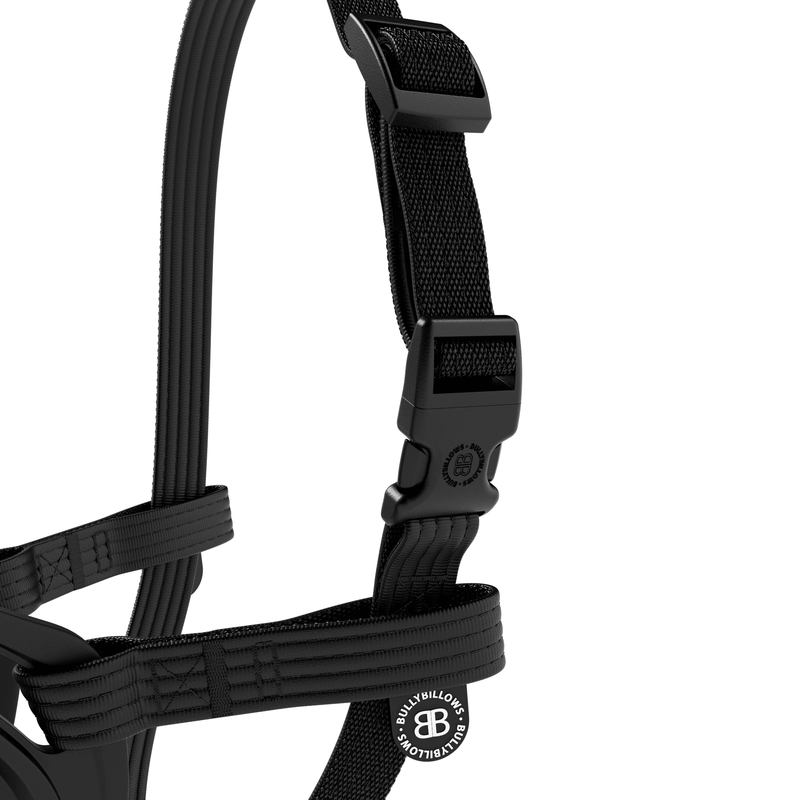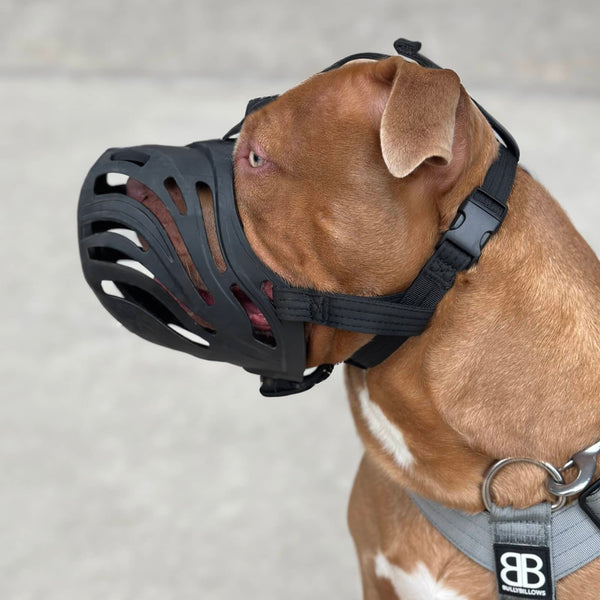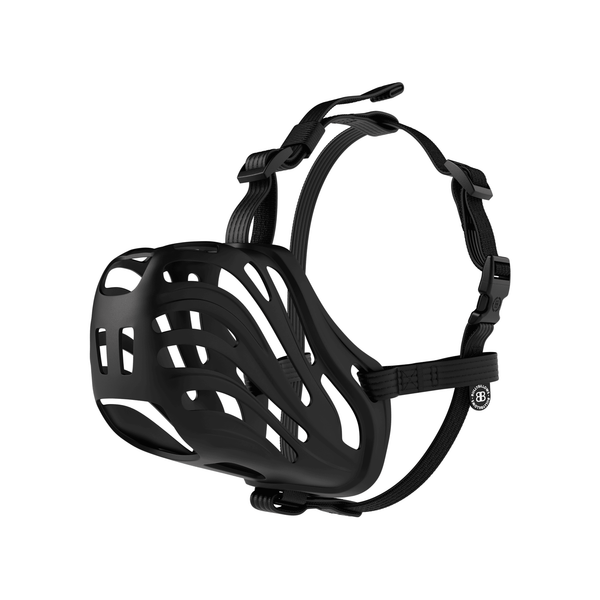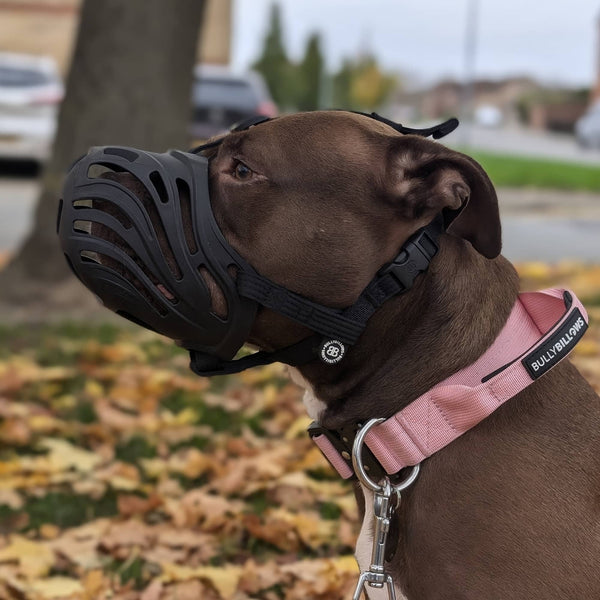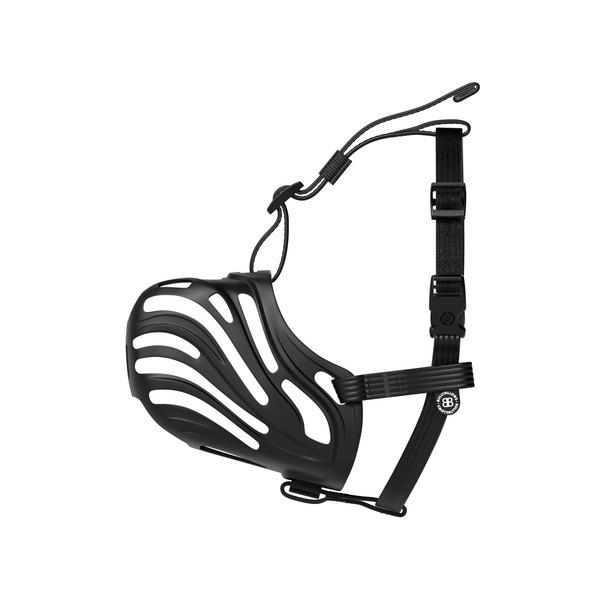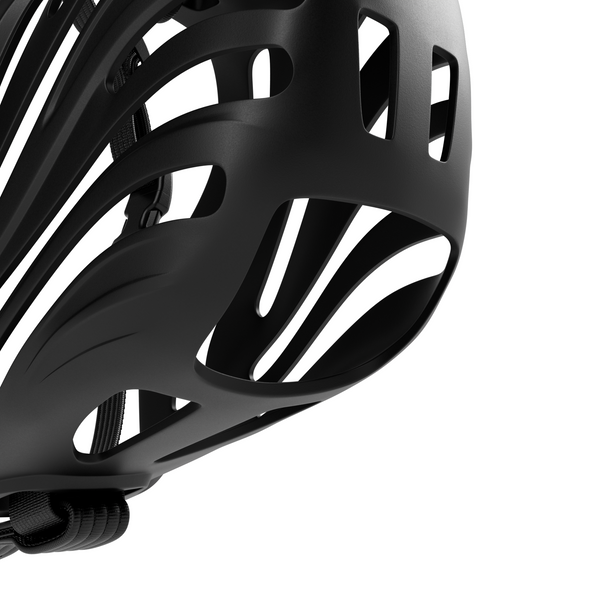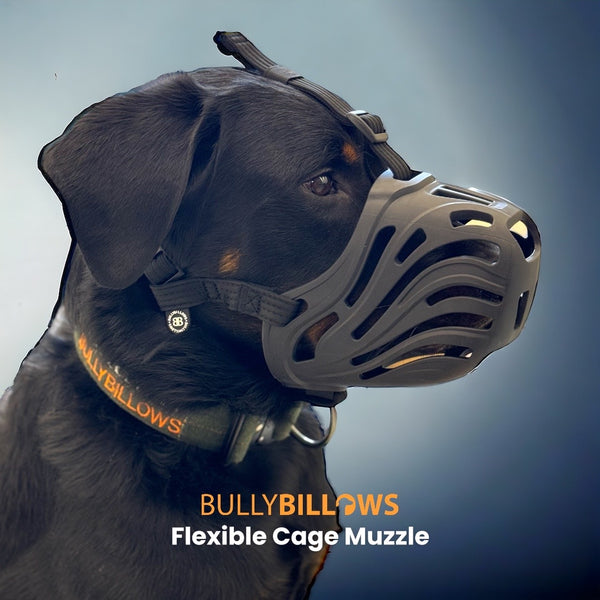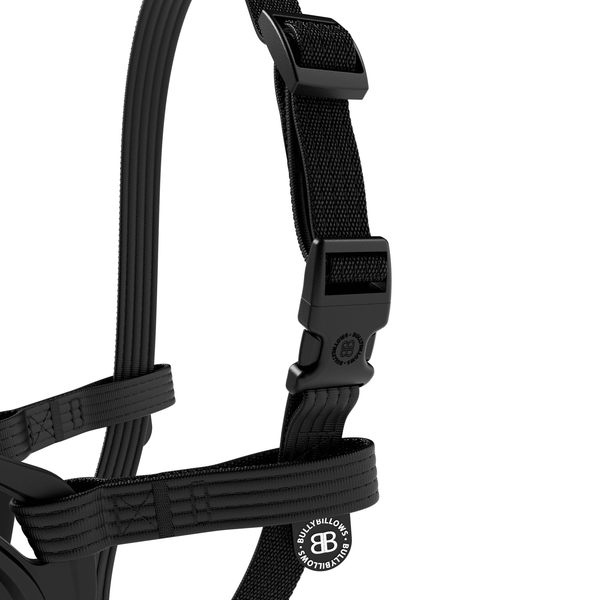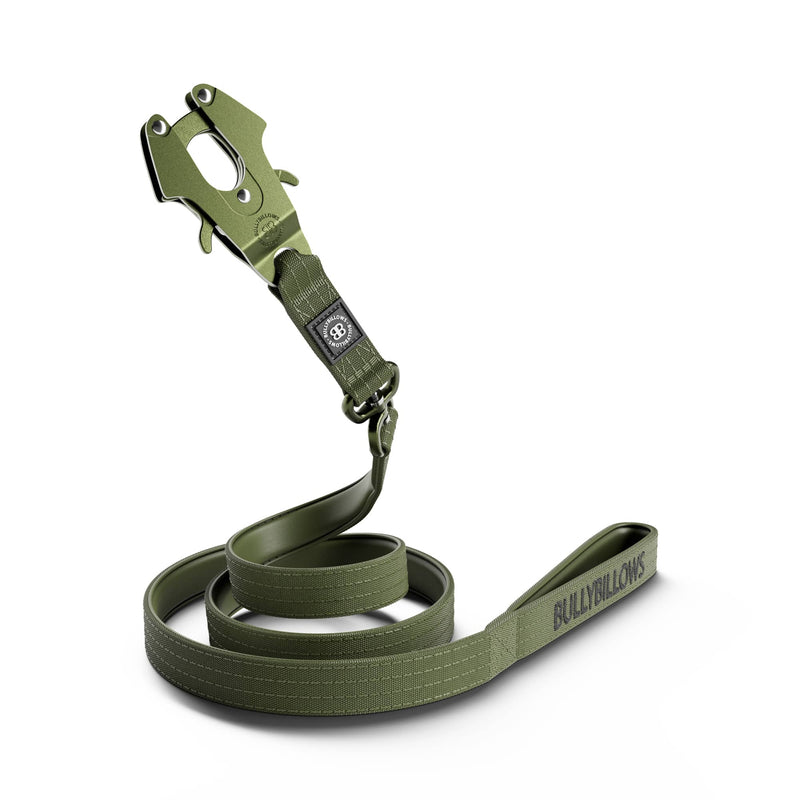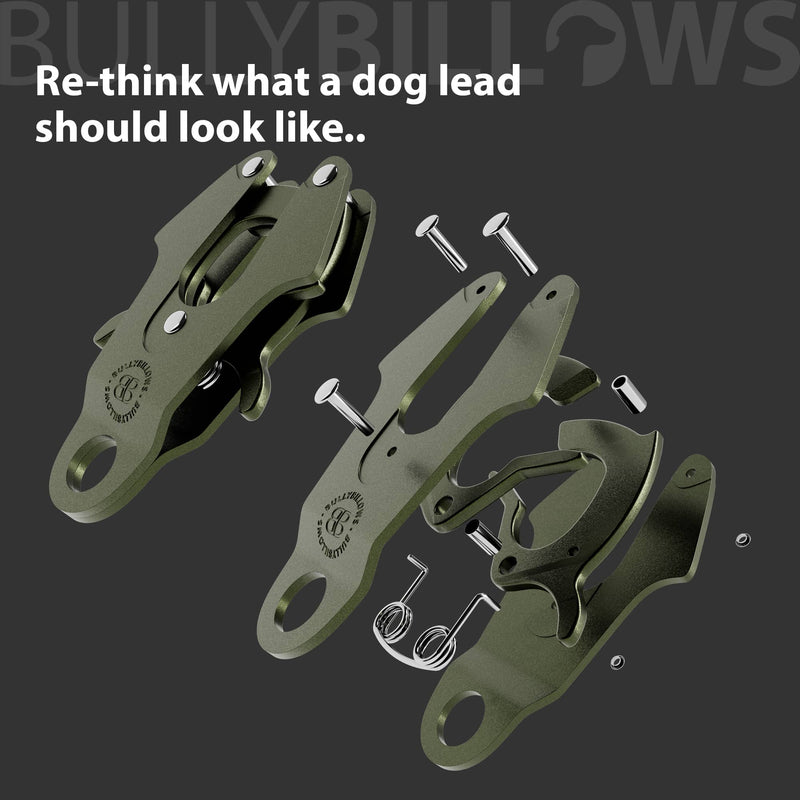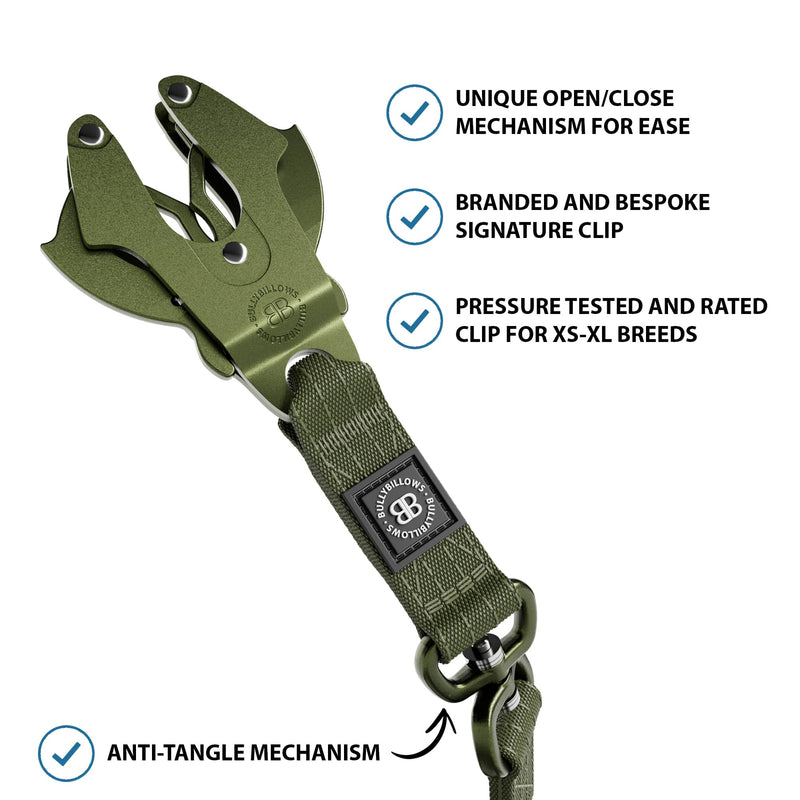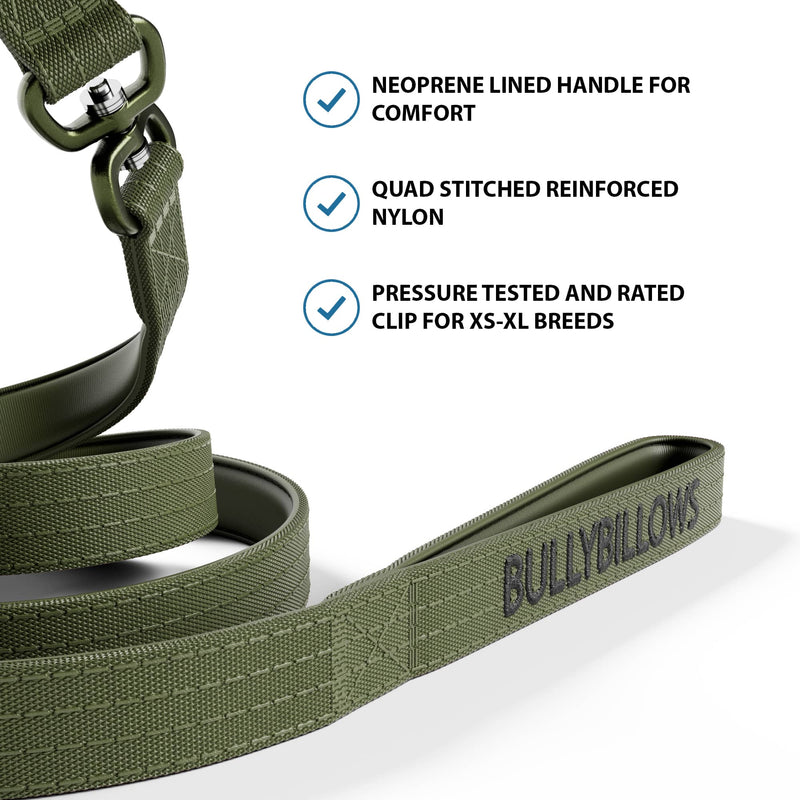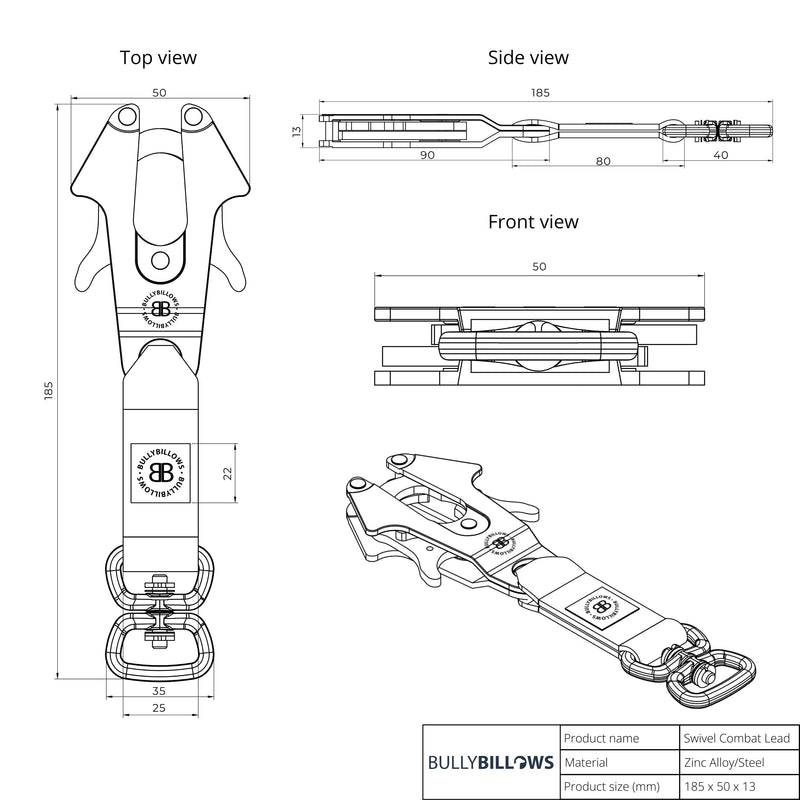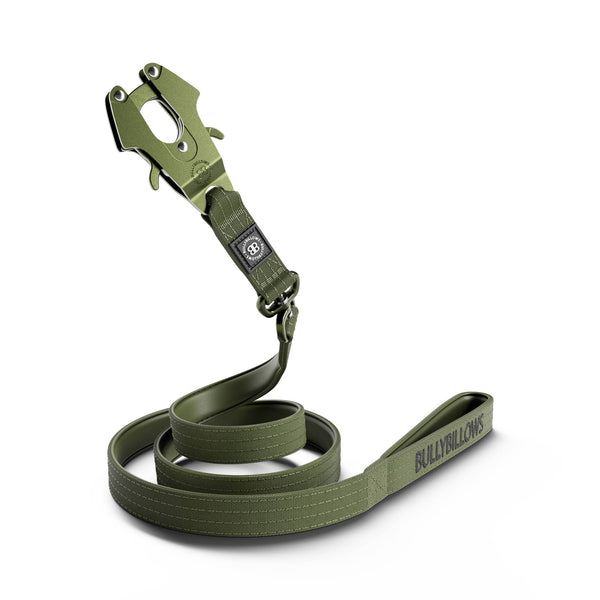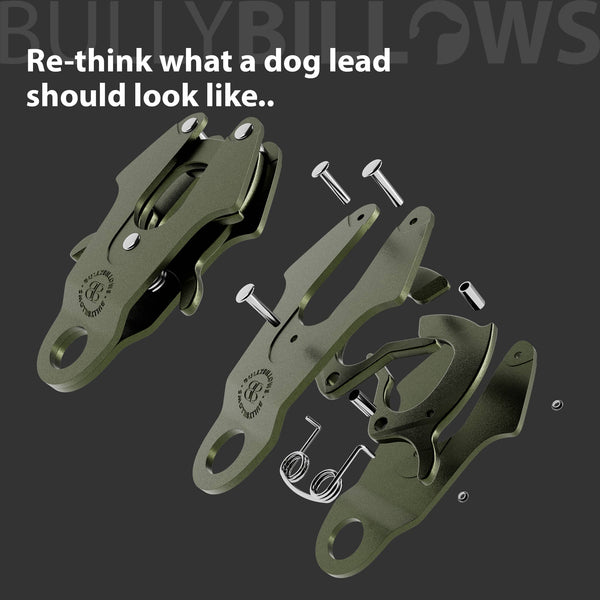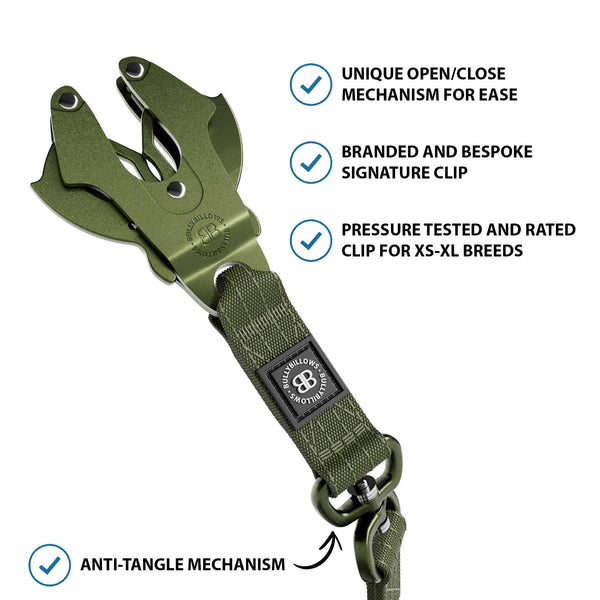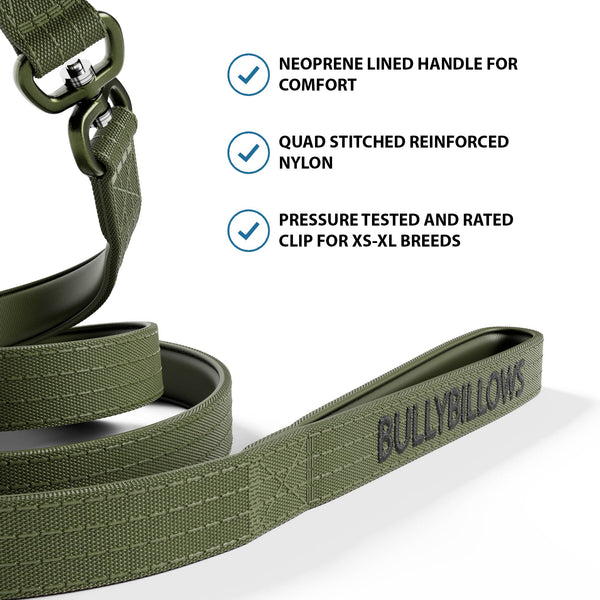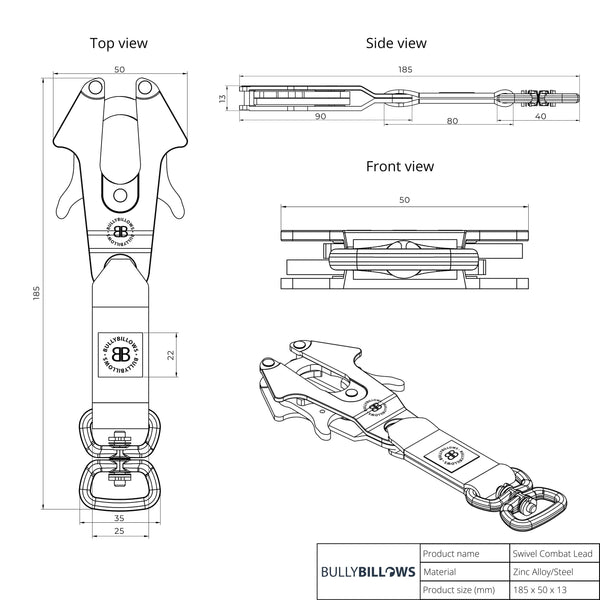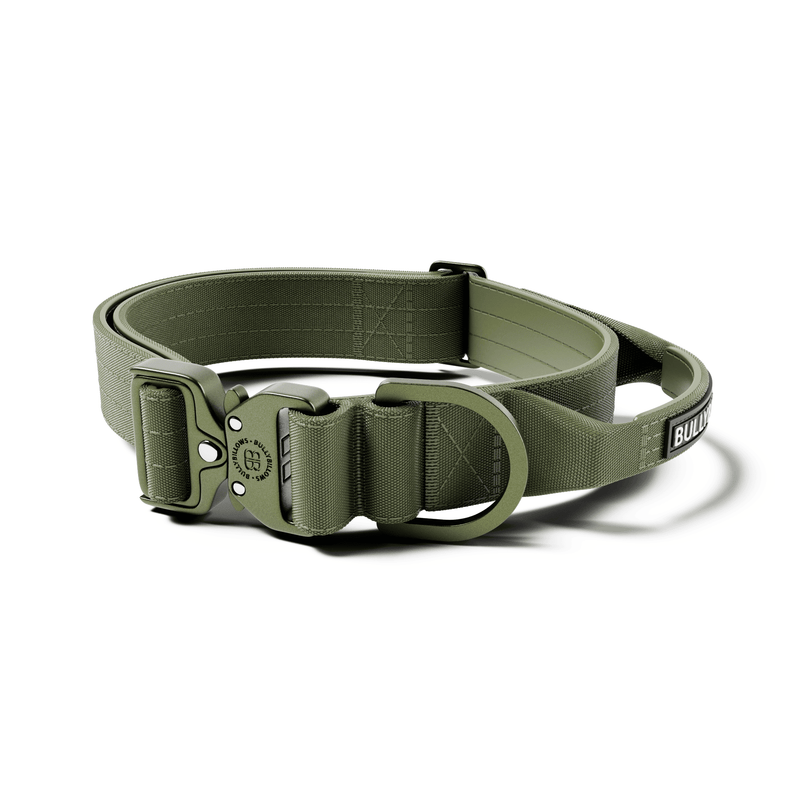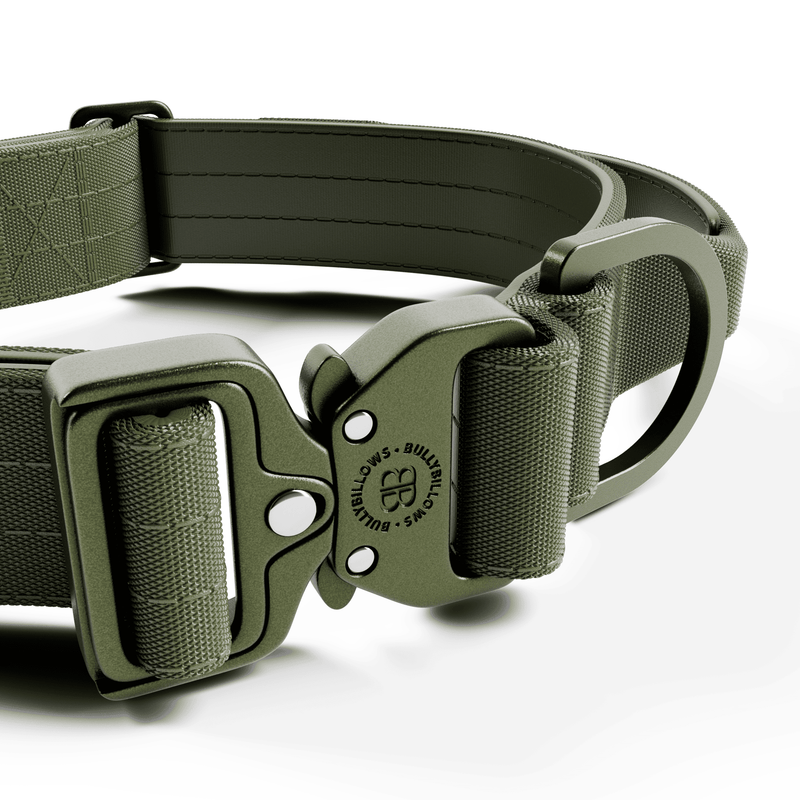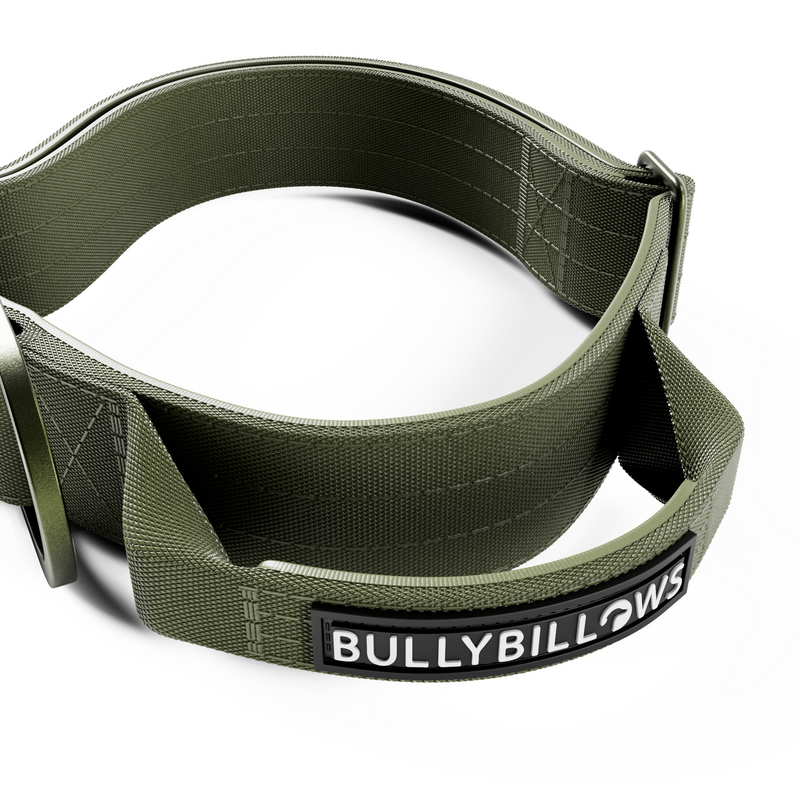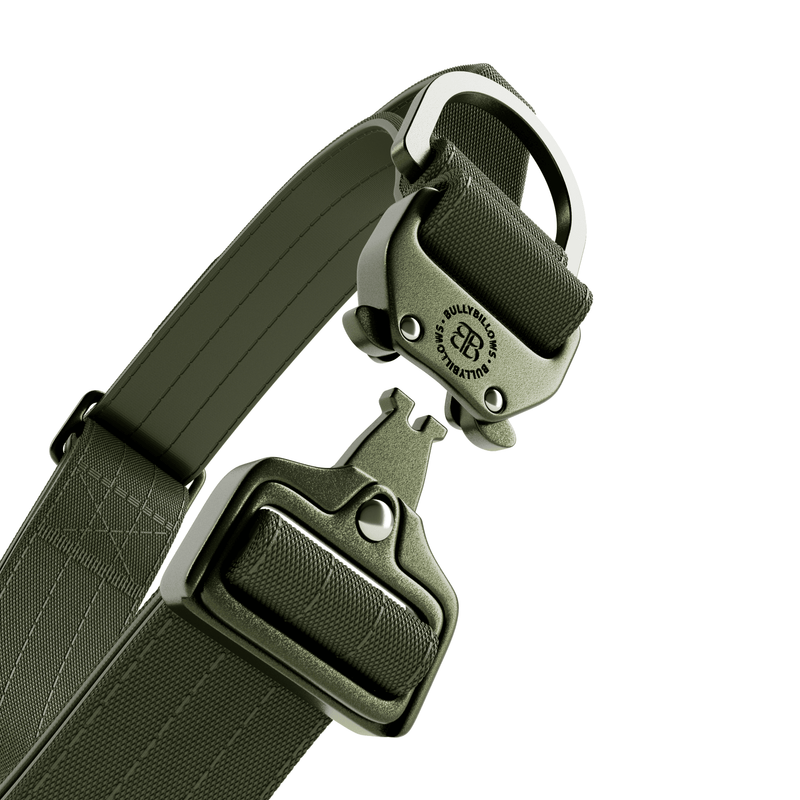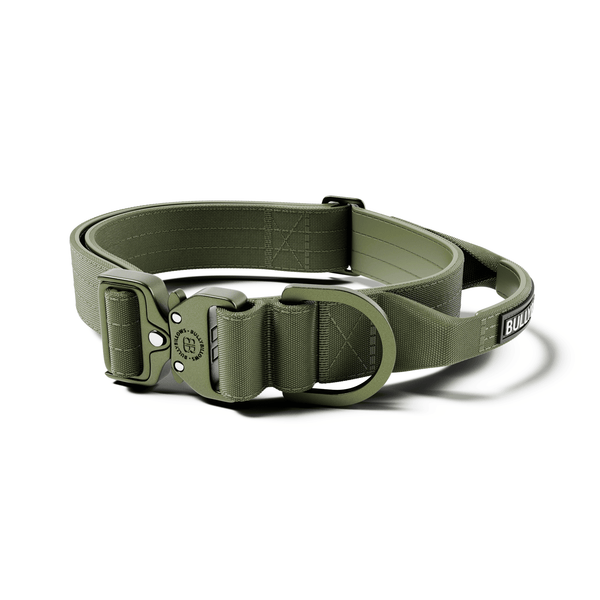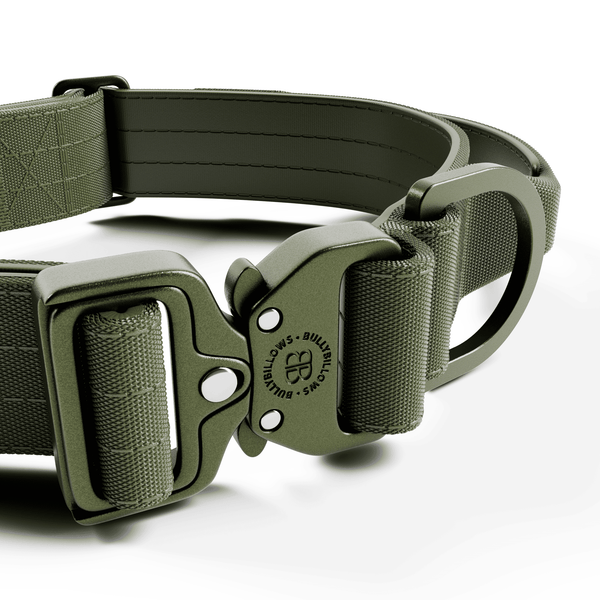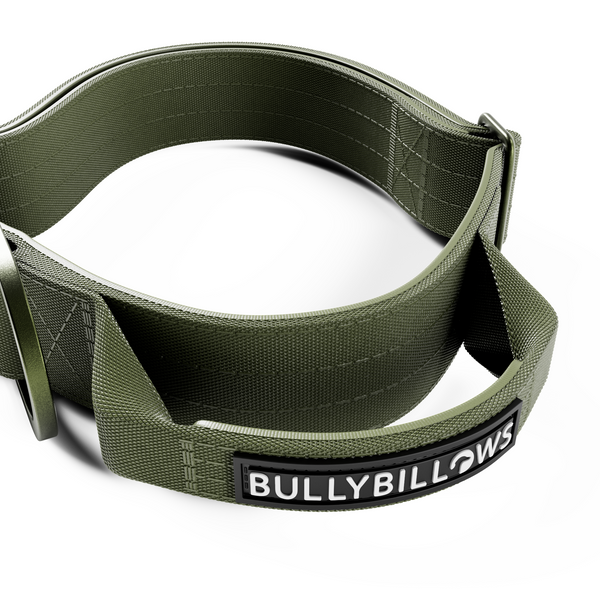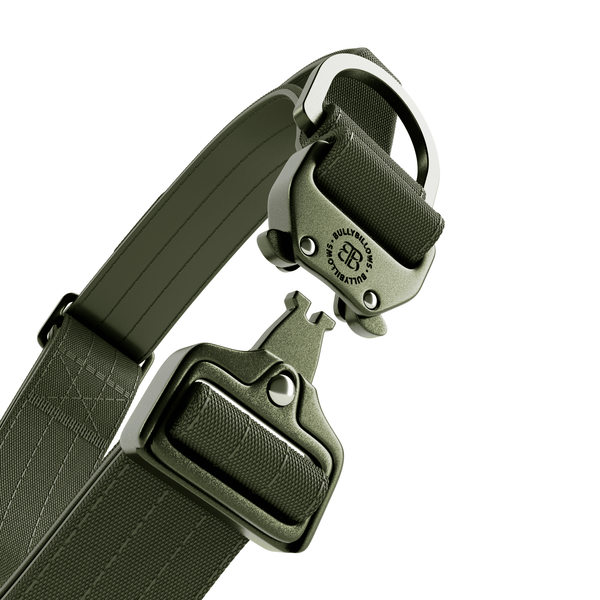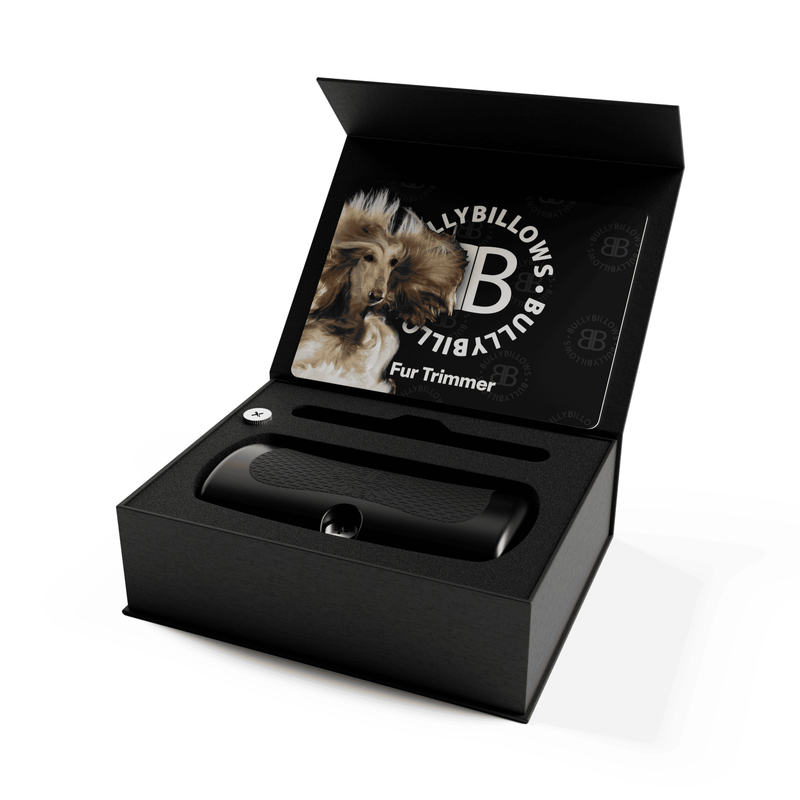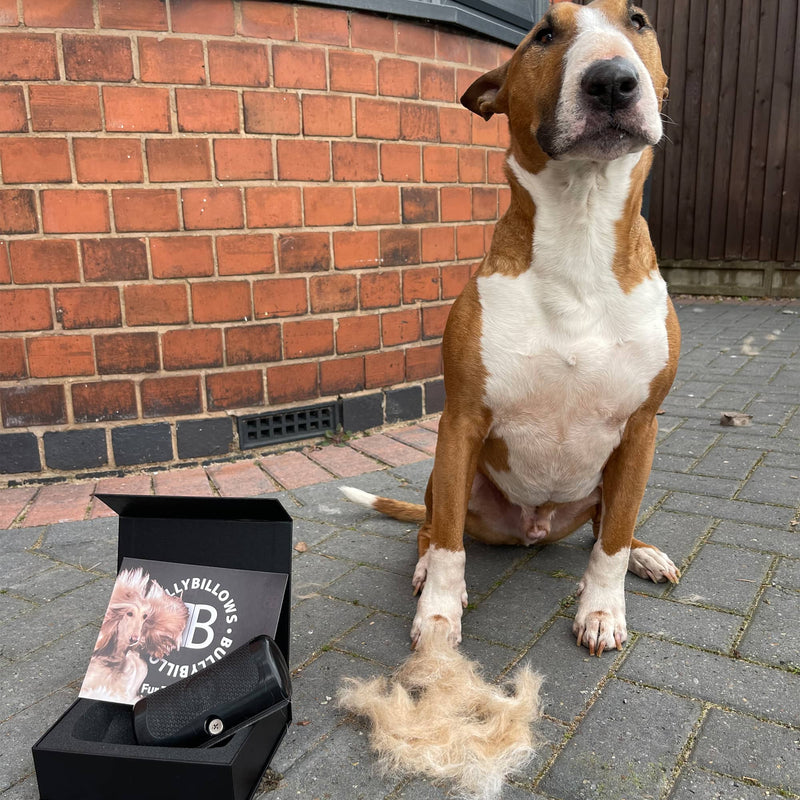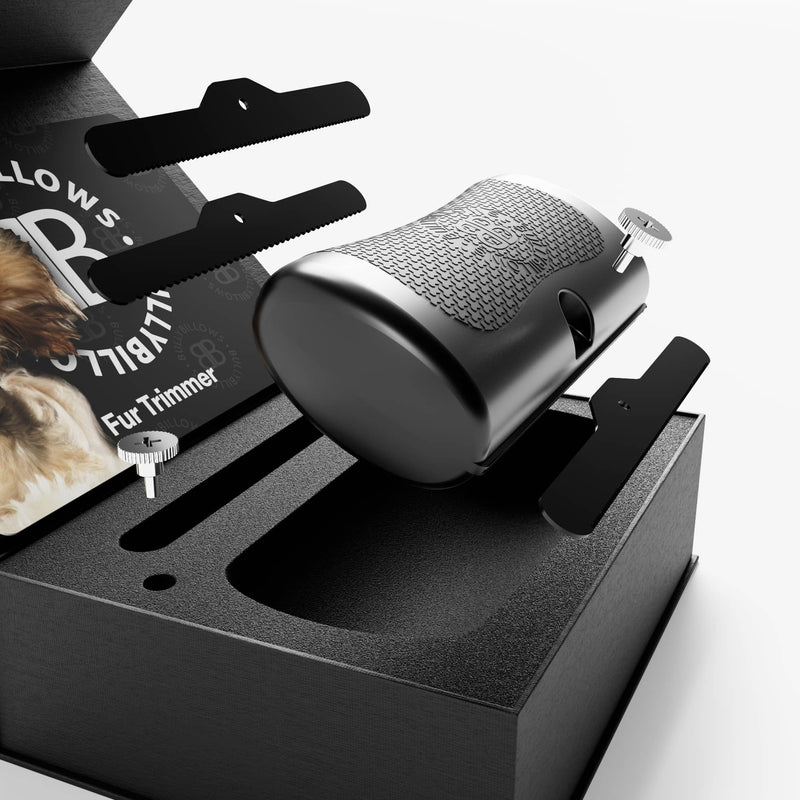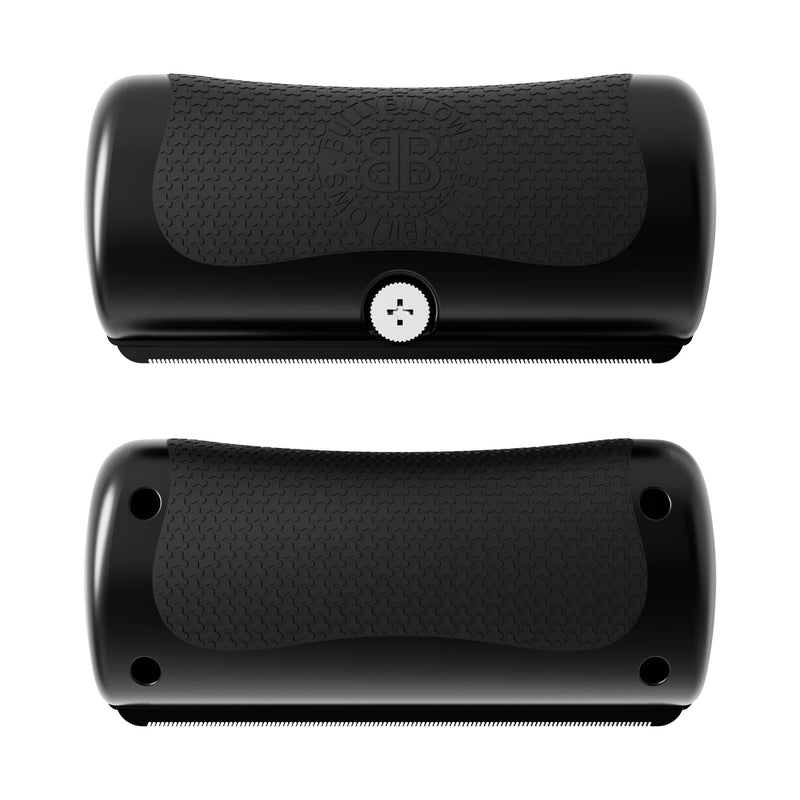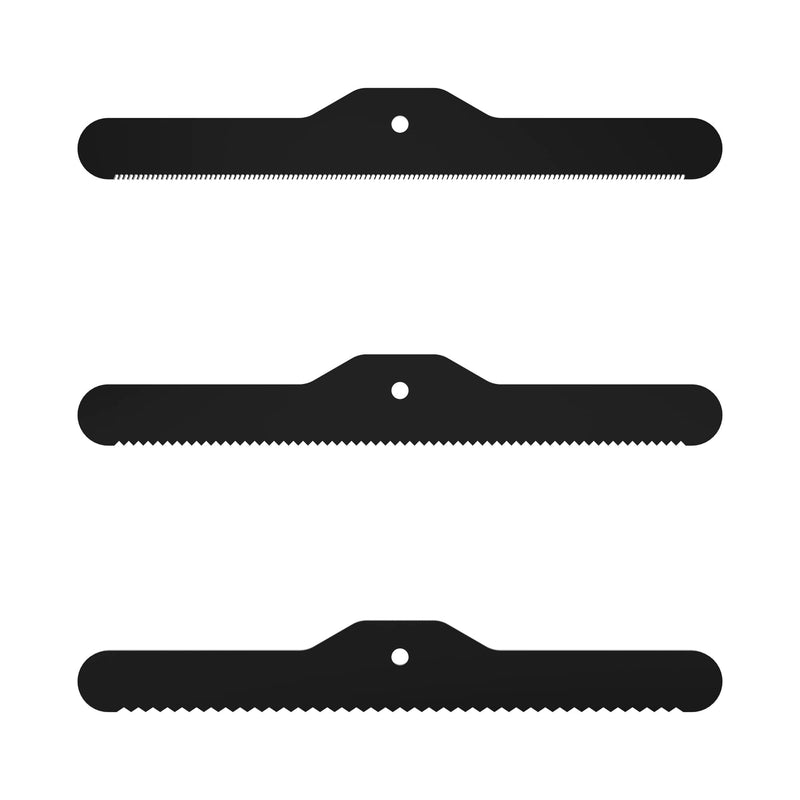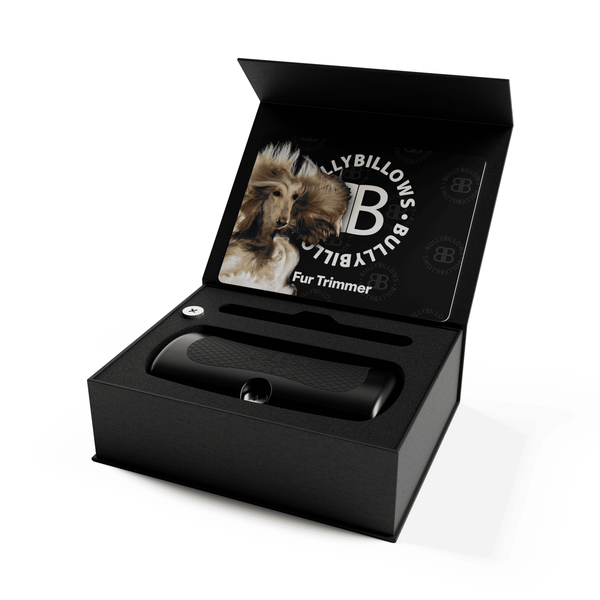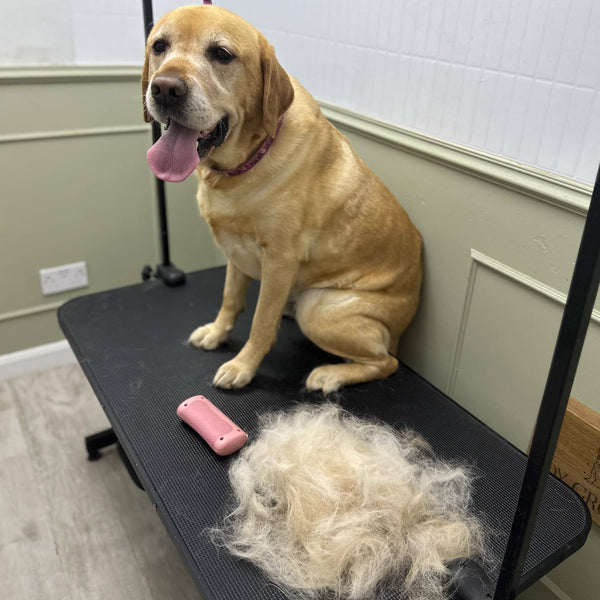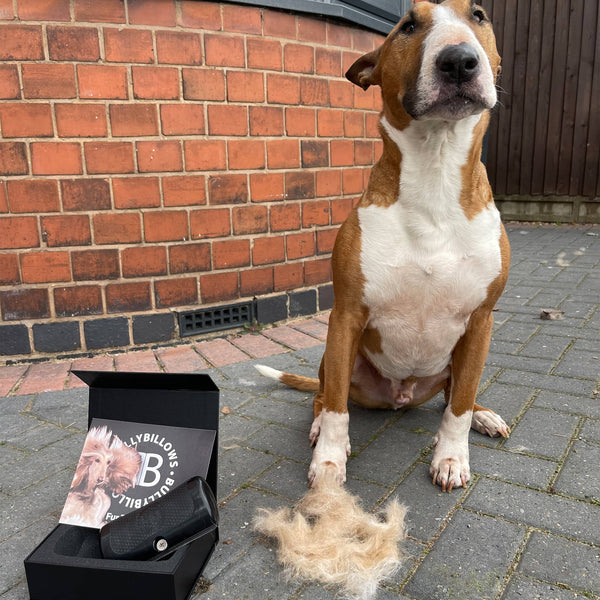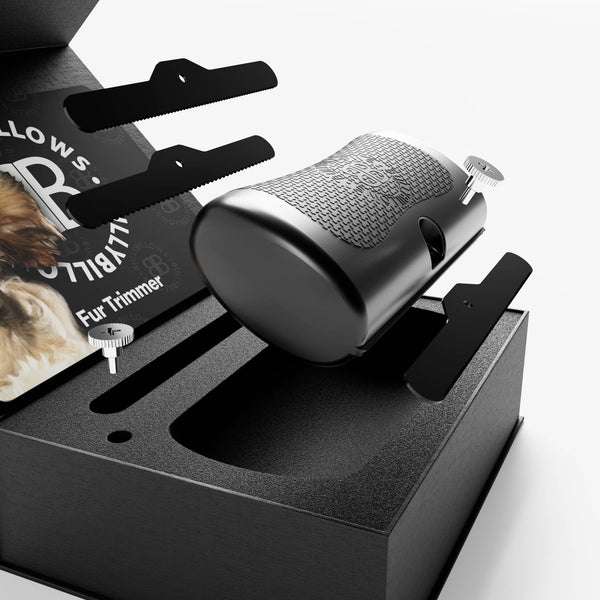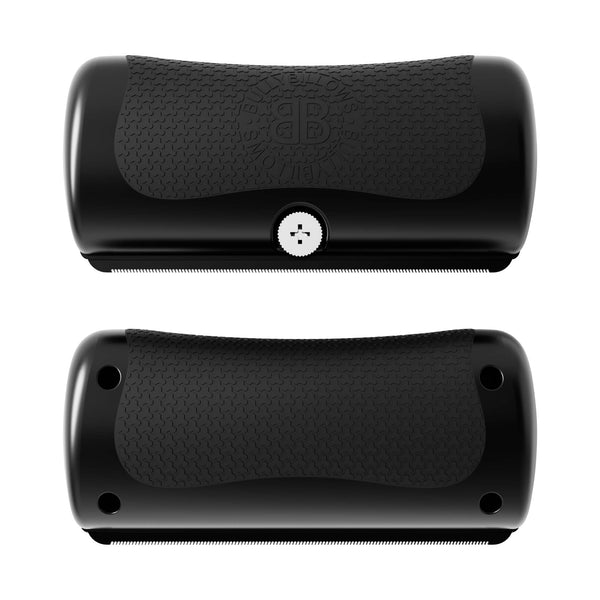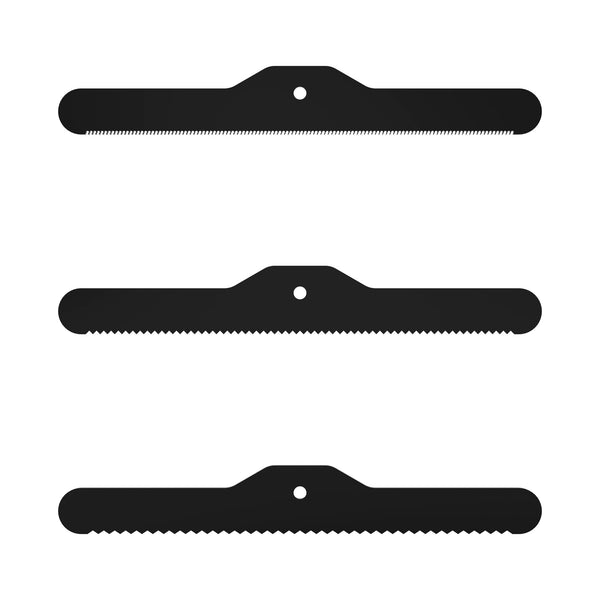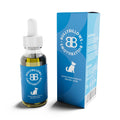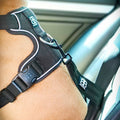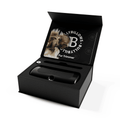Have you noticed unusual weight gain in your dog? Does your dog hardly move and is lethargic?
If yes, probably your dog is obese!
You might be surprised to know that obesity concerns are not only limited to humans. Now, 55.6% of dogs are overweight and obese. Like humans, lean and healthy dogs can not only walk around easily but also live longer.
A study shows that dogs who were fed 25 per cent fewer calories than those free-fed dogs lived about two years longer. They have lesser ageing signs, diseases, and painful mobility.
However, maintaining a healthy weight is challenging for dogs and even more for growing dogs. Like humans, dogs are also putting on weight and it is difficult for them to lose it. But to help your dog with weight loss, we have mentioned some weight loss tips below. Let’s have a look at each one of them in detail.
Things you need to know about obesity in dogs
1. Know their ideal weight
Before getting into any weight loss schedule, it is crucial to know the ideal weight of your pet. No wonder that average dog owners do not know the ideal weight for their dog. The first thing to remember is that the ideal weight is not the number but the ratio. The ribs must be easily felt but not seen and a well-defined waist.
2. Keep the dog active
When it comes to weight loss exercise is crucial. Increasing your dog’s activity can help burn some extra calories consumed. For them exercising is running and playing in safe lash-off places. You can also create a stimulating environment inside your home so that they get more into physical activity. But it is important to remember that different breeds of dogs need different levels of exercise. So it is better to consult the vet to know how much physical exercise is appropriate for your dog.
3. Feed more protein and fewer carbohydrates
The ratio of carbohydrates to fats and protein is more important than calories. The combination of high carbohydrates and low fats and protein makes it difficult to lose weight. Dogs thrive on high-protein diets, not carbohydrates. So, the ideal weight loss diet must contain high protein, low carbohydrates, and moderate fat.
4. Be particular with their treats
As a dog parent, you must know that the dogs care more about the number of treats and not the size of the treat. So next time you treat your dog try to give them small treats rather than big ones.
Cut the treat in half or quarters and create lots of small pieces out of it. Feed them low-fat and low-calorie treats like zucchini slices, carrots, bananas, raisins, or other crunchy vegetables and fruits rather than peanut butter and hot dogs.
5. Monitor
Check the weight of your pet regularly for easy monitoring.
During the weight loss process, a dog must lose about 1 lb in a month. Monthly weighing your pet can help you determine whether your pet is going well with the weight loss program or not. Make the plan with a veterinarian’s help and make sure it works well. Remember losing too much weight is also dangerous, the idea must be to maintain a healthy weight.
Lastly, keep patience. With time and effort, you and your dog can get healthier and happier.
Get the premium quality dog collars and harnesses to aid the smooth training of your furry friend. Buy them at the best prices from Bully Billows.


